If you’re an avid equestrian rider like me, nothing can keep you from horse trail riding. Not even cold, snowy days can keep you off the trail.
Winter horse trail riding can be exhilarating – if you’re prepared. So follow my expert tips to avoid these 7 winter trail-riding hazards.
Common sense dictates that you and your horse avoid blizzards and ice storms. No one would venture out on a trail if the weather was this bad.
But every now and then, Mother Nature likes to throw us a curve ball.
For instance, a nice, brisk winter day can turn nasty in a matter of minutes. Or, you may have misjudged the depth of snow on the trail, and thus find yourself riding in snow far deeper than you initially anticipated.
Further complicating things, you might suddenly find you and your horse sliding down an icy trail. What do you do? Here are some tips on how to negotiate seven winter riding hazards. Before I get into my tips, the first thing you should buy is a 5 LED Flashing Safety Light.
This light will let others around you know where you are – especially in low visibility.
Horse Trail Riding Hazard #1 – Deep Snow
WHY IS THIS HAZARDOUS? It’s hazardous because your horse, especially if it spooks easily, might panic and start floundering about. While floundering, he may pull a muscle or strain tendons and ligaments. Also, deep snow may be covering other underlying hazards – like sharp objects or deep holes.
WHAT SHOULD YOU DO? First, stick to trails that you’re familiar with – where the snow isn’t deep. Now is not the time to experiment with new trails. Keep your horse collected and thus prepared by having his weight back over his hindquarters.
When a horse’s weight is more evenly distributed in relation to his center of gravity, he has what’s called a “spare leg” to catch himself should he start slipping. He’ll have more agility and will need less effort to collect himself if he carries his weight on his hindquarters. In addition, give him enough rein so that he can use his neck and head for balance.
Something to keep in mind is that your horse will become tired if he’s trudging through deep snow – especially if the snow is wet and heavy. Fresh, fine, powdery dry snow is easier for your horse to navigate. You should cut your ride short even if your horse is in tip top shape. You don’t want to risk your horse becoming worn out or sore, developing cramps.
In addition to the above tips, try to avoid brushing up against snow-covered trees and bushes. If a load of snow falls down on you, you’ll get cold fast. Also, falling snow might scare your horse.
Horse Trail Riding Hazard #2: Snowdrifts
WHY ARE THEY HAZARDOUS? Snow drifts are hazardous because blowing, drifting snow can fill ditches and gullies, giving the appearance of a smooth trail. Neither you nor your horse will know that you’re walking into a deep hold until you both plunge in. Then, you’re horse will panic, flounder, and fall down.
WHAT SHOULD YOU DO? Stay on familiar trails. Never travel cross-country in these conditions where the terrain will no doubt be rough. If you can, stay away from drifted areas as you may not be able to gauge drift depth until your horse is belly deep and struggling to wallow through the snow.
Horse Trail Riding Hazard #3: Frozen Ground
WHY IS THIS HAZARDOUS? In terms of slickness, frozen ground is similar to sheer ice. A horse’s hooves are made to cut into the ground as he walks. This is what gives your horse traction. If the ground is frozen solid, your horse has no traction and will slip at every step and eventually fall – with you underneath.
WHAT SHOULD YOU DO? Take things super duper slow. Don’t try to trot. Simply walk, and avoid any sudden turns or sudden stops. Do your best to stay on flat terrain. You should especially avoid going downhill. Horses have better traction going uphill rather than downhill.
Never ever go around the side of a hill. Instead, what you should do is ride straight up or straight down the hill. Once you get to a more level terrain, then you can continue in the direction you’d like to go.
Here’s why:
When a horse is travelling downhill, if a surefooted horse is going straight, if he slips and slides he can slip and slide all the way to the bottom and still keep his feet underneath himself. Even if he slides down on his haunches, he won’t fall. But, if your horse is traveling at an angle to the hill, his feet may slip out from under him, causing a bad fall.
Here’s another tip:
If your horse is reasonably surefooted, unless you can get well away from him as you lead him, don’t dismount. The reason being is that it’s safer to stay on your horse than to risk slipping and falling. And once you fall, your horse may run over you.
If you have to get off your horse, stay to the side, out of the horse’s way, just in case your horse slides or falls. If it’s safer to do so, dismount off his right side.
One more tip: You should still be aware of shaded areas and north-facing slopes that don’t get much winter sun. Why? Because these shaded areas may still be frozen and therefore treacherous.
Horse Trail Riding Hazard #4: Ice
WHY IS THIS HAZARDOUS? Ice has the same hazards as frozen ground. Only ice is a bit more treacherous. You have to watch out for frozen puddles and ice-covered streams to melted snow that’s been re-frozen.
There’s absolutely no traction with ice.
On ice, your horse will fall down and have trouble getting back up. And if your horse “splits” (think how a ballerina does a split) he can seriously injure himself. You also may be at risk when your horse falls as he may fall on top of you.
WHAT SHOULD YOU DO? At all costs, avoid riding across patches of ice. Pay attention for ice that may be hidden under fresh snow. Go around it.
Here’s another good idea: If you’re a frequent winter rider, shoe your horse with traction in mind. Consult your farrier for some options.
Horse Trail Riding Hazard #5: Packed Snow
WHY IS THIS HAZARDOUS? When snow is packed, it’s often as slippery as ice. When a trail is polished, packed by cars, foot traffic or hoof traffic, it becomes super slippery.
WHAT SHOULD YOU DO? Try scouting for paths that have undisturbed snow. Undisturbed snow means it’s going to be less slippery. Also try riding to the side of the trail. And if you’re traveling with a group, keep in mind that while the ride leader may be gaining traction in fresh, undisturbed snow, the horses who follow will be on slippery, packed snow.
The ride leader should go slowly to allow for this hazard.
Horse Trail Riding Hazard #6: Freezing Rain/Ice Storm
WHY IS THIS HAZARDOUS? Ice storms and freezing rain is dangerous because the ice coats everything. There’s nothing to walk around, and your horse is highly likely to sustain a serious injury-inducing fall. And if you try to dismount, you’ll fall.
WHAT SHOULD YOU DO? Since everything will be coated in ice during an ice storm or freezing rain, just choose a different day to go trail riding.
If you get caught in a rain/ice storm choose the safest route home. No trotting. Just let your horse walk. Avoid grounds that are sloping. If you have to, go the long way home if that route is feasible.
Horse Trail Riding Hazard #7: Slippery Mud/Deep Mud
WHY IS THIS HAZARDOUS? Slippery mud or deep mud puts your horse at risk of falling. If it’s deep mud, your horse may not be able to pull his feet out in time to catch himself from falling.
If your horse suddenly slips in deep mud, it may spook him so bad, he’ll start floundering, pulling tendons, ligaments and possibly damaging joints. Also, the mud may pull off his shoes.
WHAT SHOULD YOU DO? The advice I’d give here is the same as I gave for negotiating frozen ground in hazard #3. Remember, even if the trail is dry, you still have to look out for shaded areas where the ground might still be wet and muddy.
And as spring approaches, watch for wet soil over frozen ground.
In deep mud, it’s important to keep your horse calm. It’s also super important that you go really slow. If your horse moves faster than a walk, or, if your horse tries to jump over the mud puddle and then he gets stuck, his momentum may throw him down head over heels – throwing you over too!
If you have to get off your horse in mud, be sure to scrape the mud off the bottom of your boots before you try to get back on your horse. Why? Your muddy boots will slide out of your stirrups, getting in the way of your balance.
Just scrape your feet against a rock or whatever is available to get the mud off your boots.
Did you find these 7 Horse Trail Riding tips helpful? Let me know what you think in the comments below. I love hearing from you. By the way, if you’re looking for an excellent trail riding saddle, read my Circle Y Trail Saddle Reviews. We have a huge selection of high-quality trail saddles.

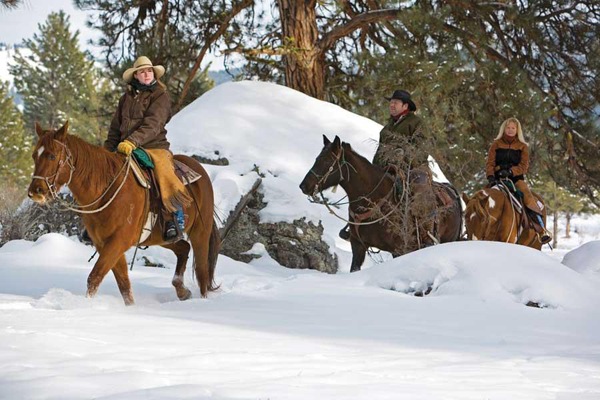
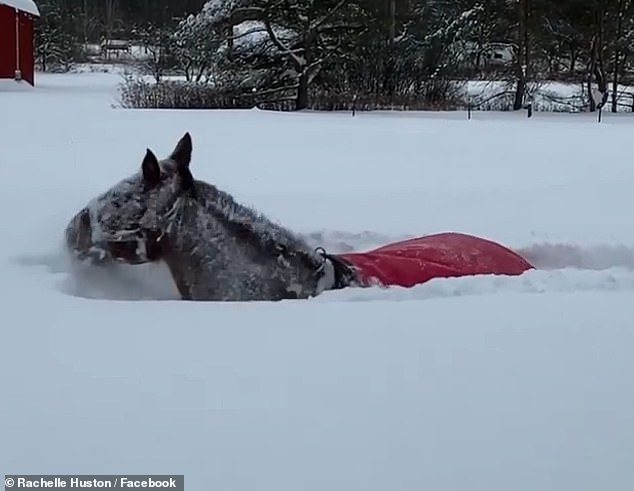


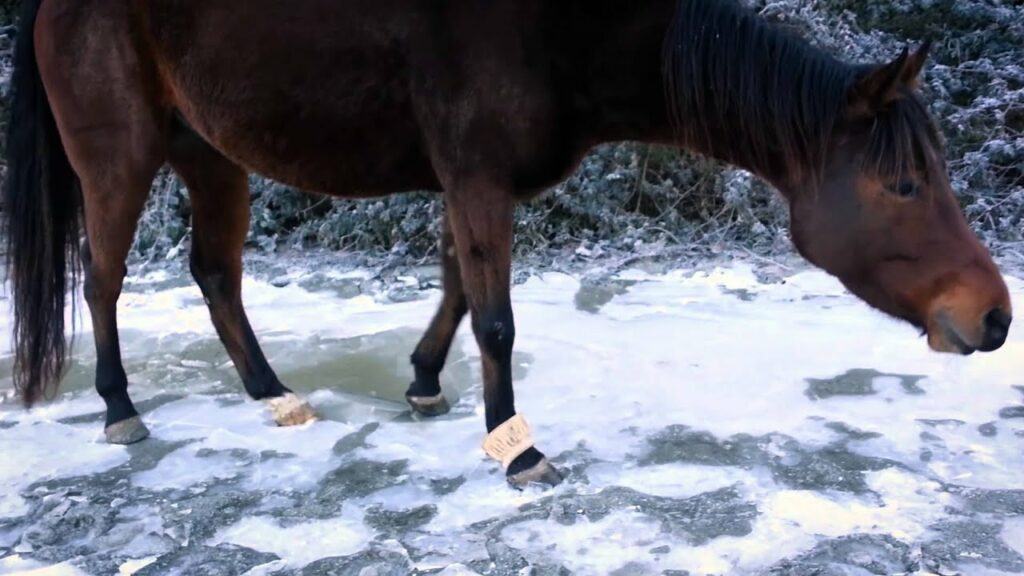
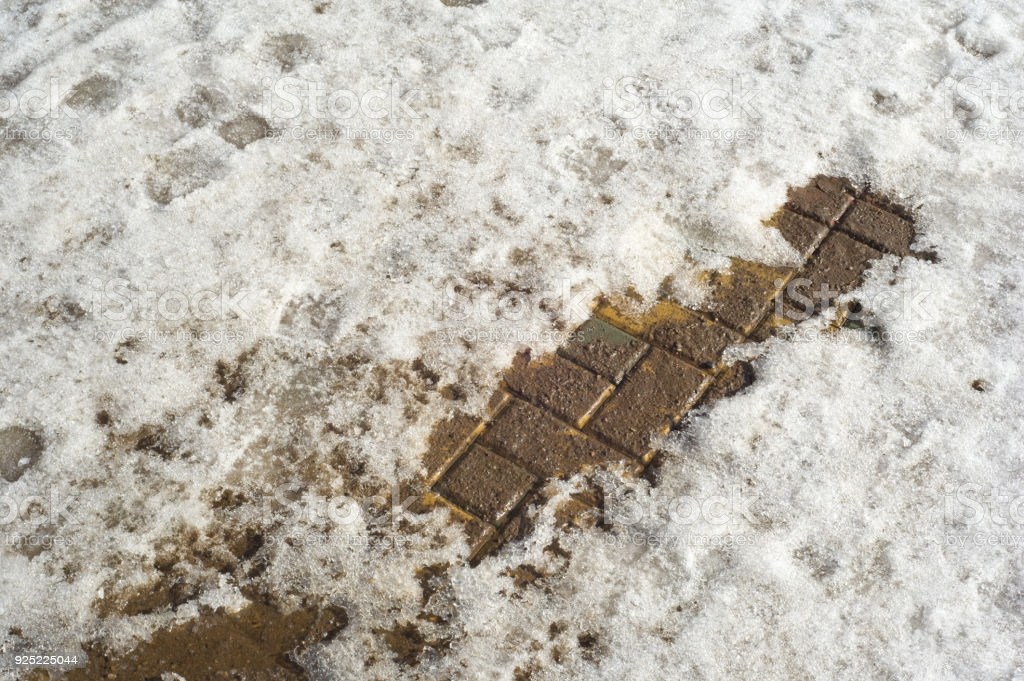
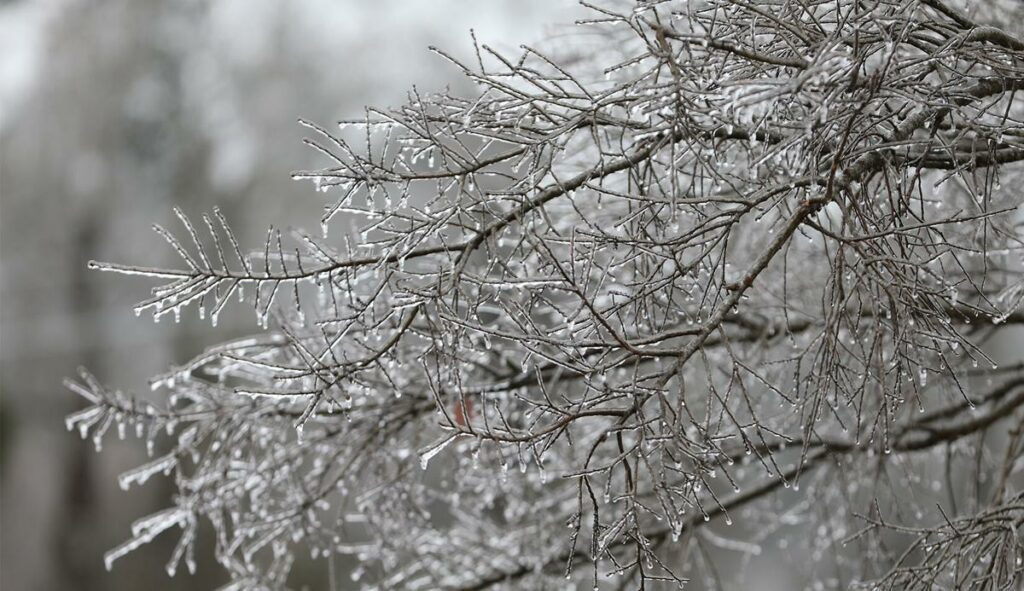
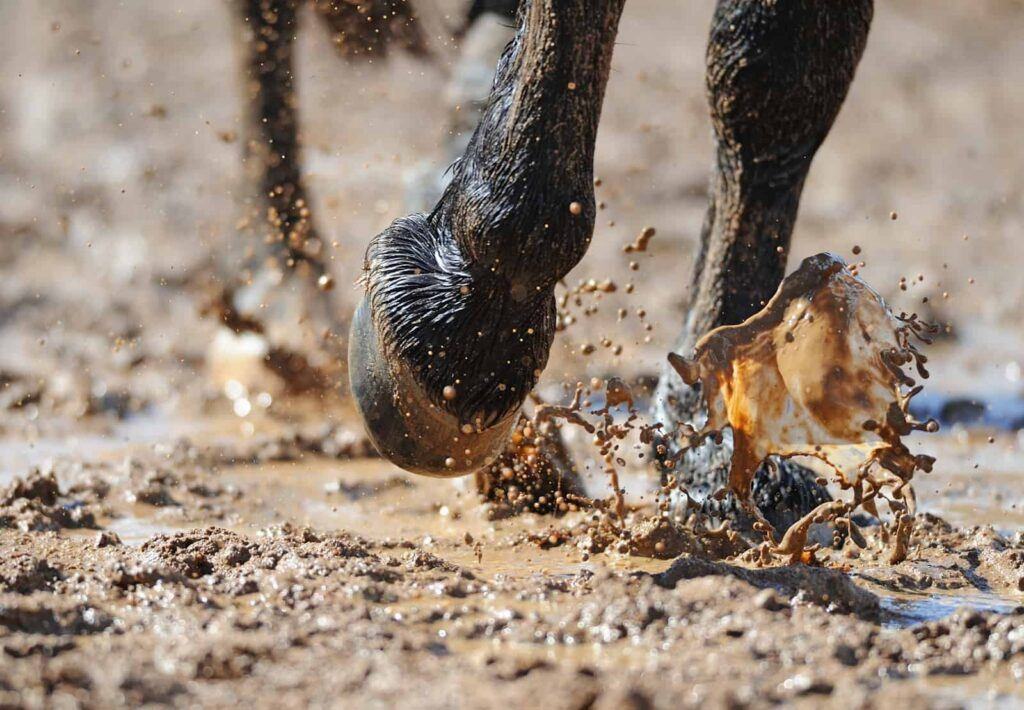
Horse riding in winter is definitely not for the faint-hearted or beginner, rather leave it for the experienced rider.
I never knew there are so many hazards and ways a horse can get injured.
Thank you for the detail you go into to keep it safe for both, rider and horse.
Not being a horse rider myself, it was a very interesting read Shalisha!
Thank you.
Estelle
Hi Estelle. Thank you! Yes, horses are very much like humans, and we have to treat them as such. I’m glad these winter hazard tips were helpful. There are so many winter hazards horseback riders are unaware of – not just hazardous for themselves as riders, but for their horse. Please stop by again.
I never realised how many hazards there are when riding a horse in winter. Navigating packed ice and snow must be very challenging. I can definitely see why riders stick to trails and not venture into unfamiliar terrain.
Hi Kathy. Thanks for your comment. Yes, winter is the worst time to go trail riding. But at least there are lots of precautions to take when going on the trail.
I do not horseback ride often, but after reading your article, I definitely will not ride a horse in the winter! You gave excellent advise about riding in the winter and I think it is valid for those who are used to riding horses. These were wonderful tips! I never knew you should never go around a hill, instead go up or down. Now that you mention it, it makes a lot of sense!
Thanks so much for this post. It painted a beautiful picture of winter, which I love, and also described all the hazards of riding a horse when it’s cold outside! You really need to take care of your horse and yourself when venturing off in the winter.
Nina
Hi Nina. Thanks so much for your input. Yes, it’s so important to make sure you don’t take unnecessary chances with your horse during the winter. And climbing a hill on the side during good weather is a risk, so imagine trying to do it during winter when everything is slippery? I’m glad my post helped you.